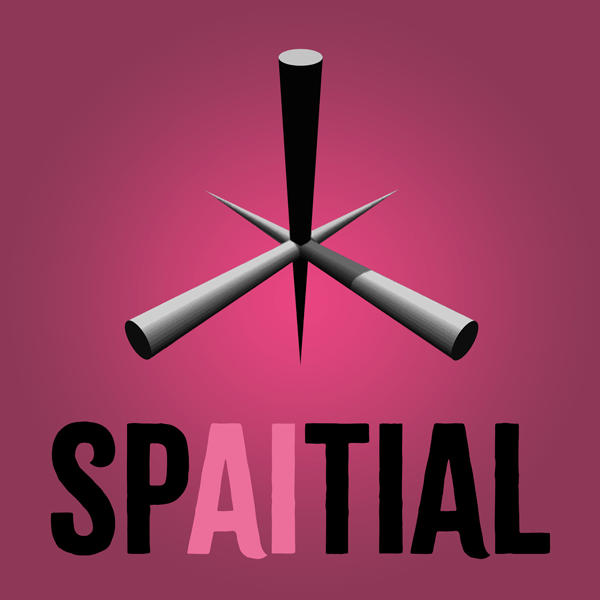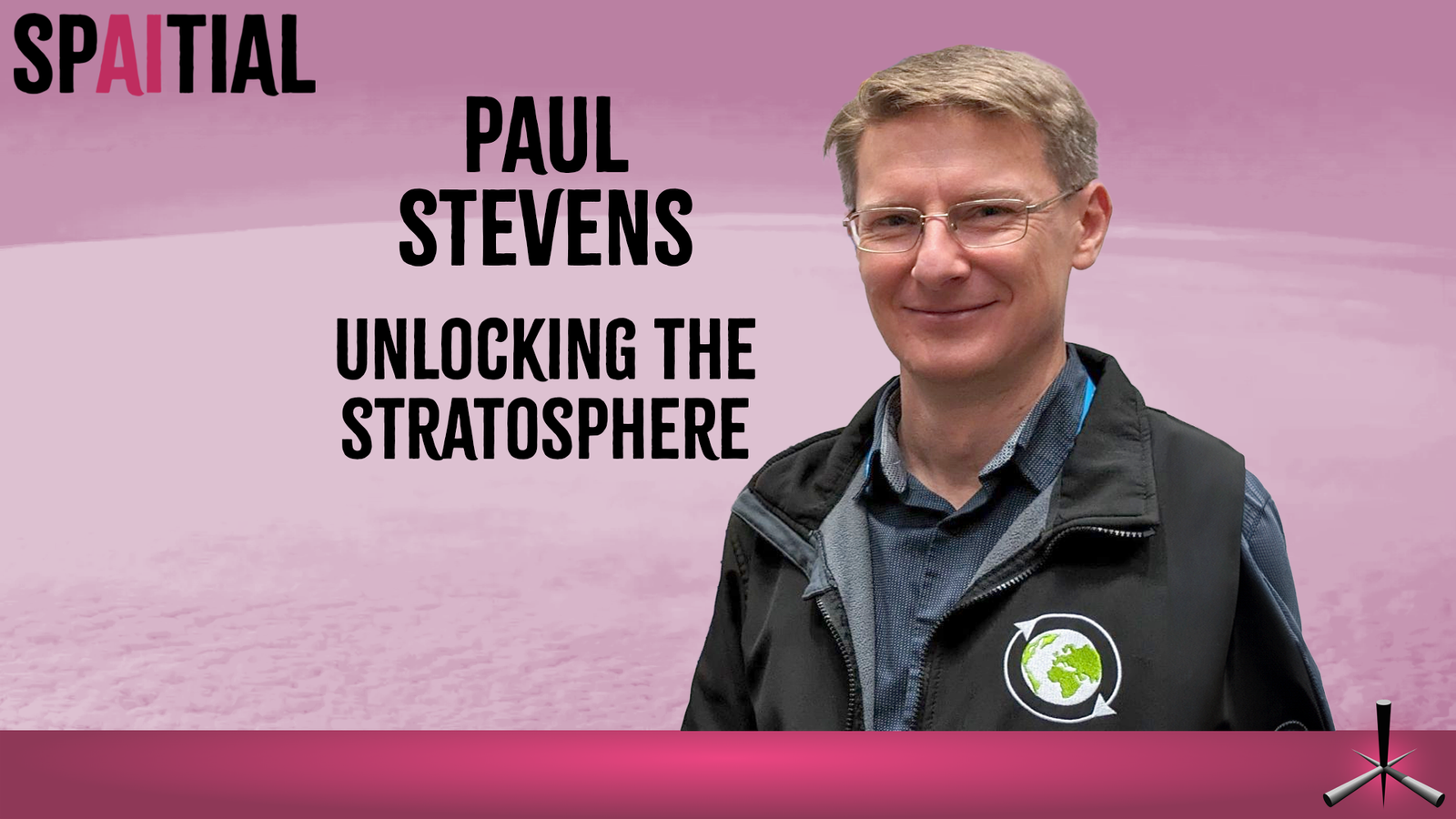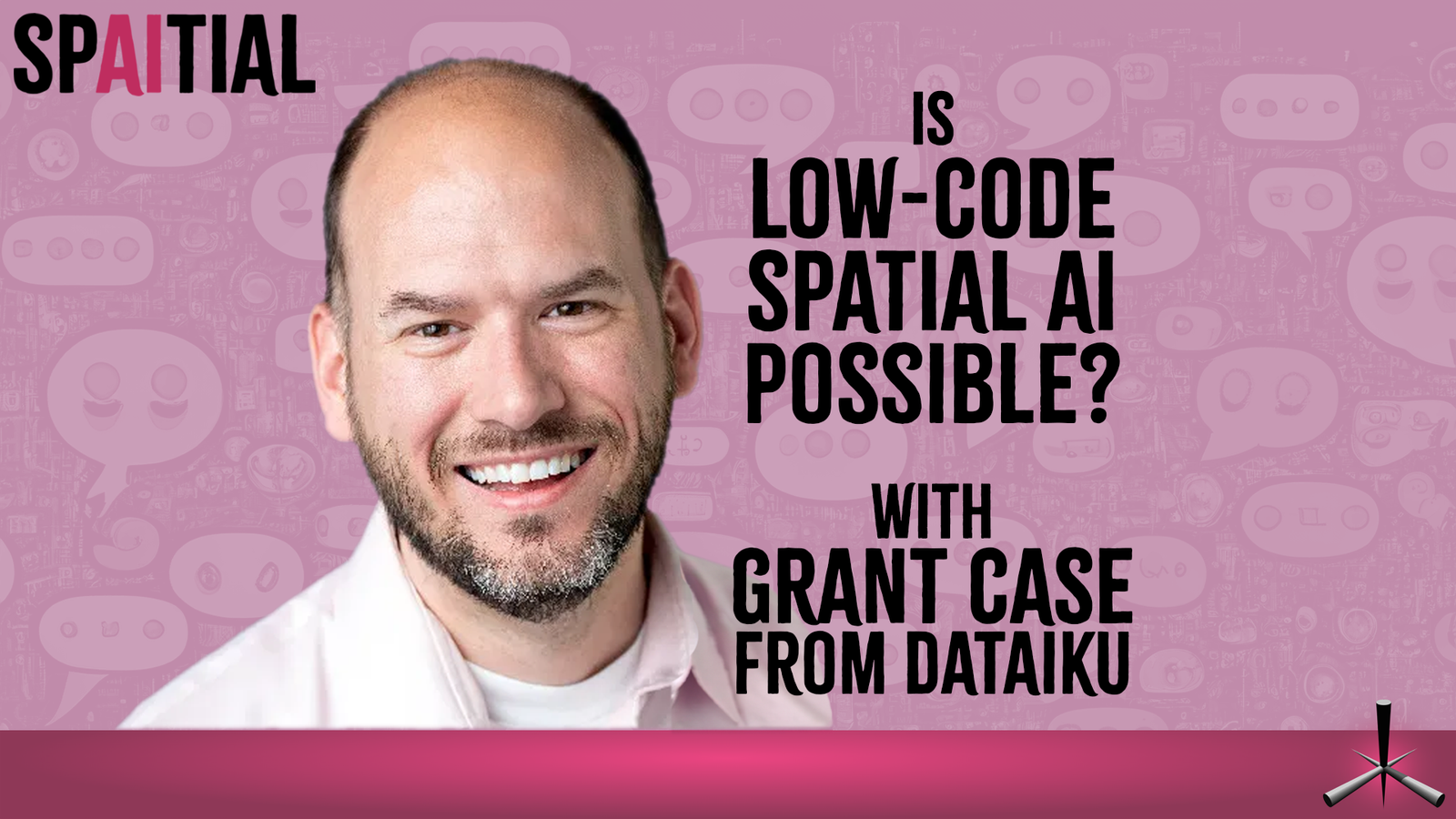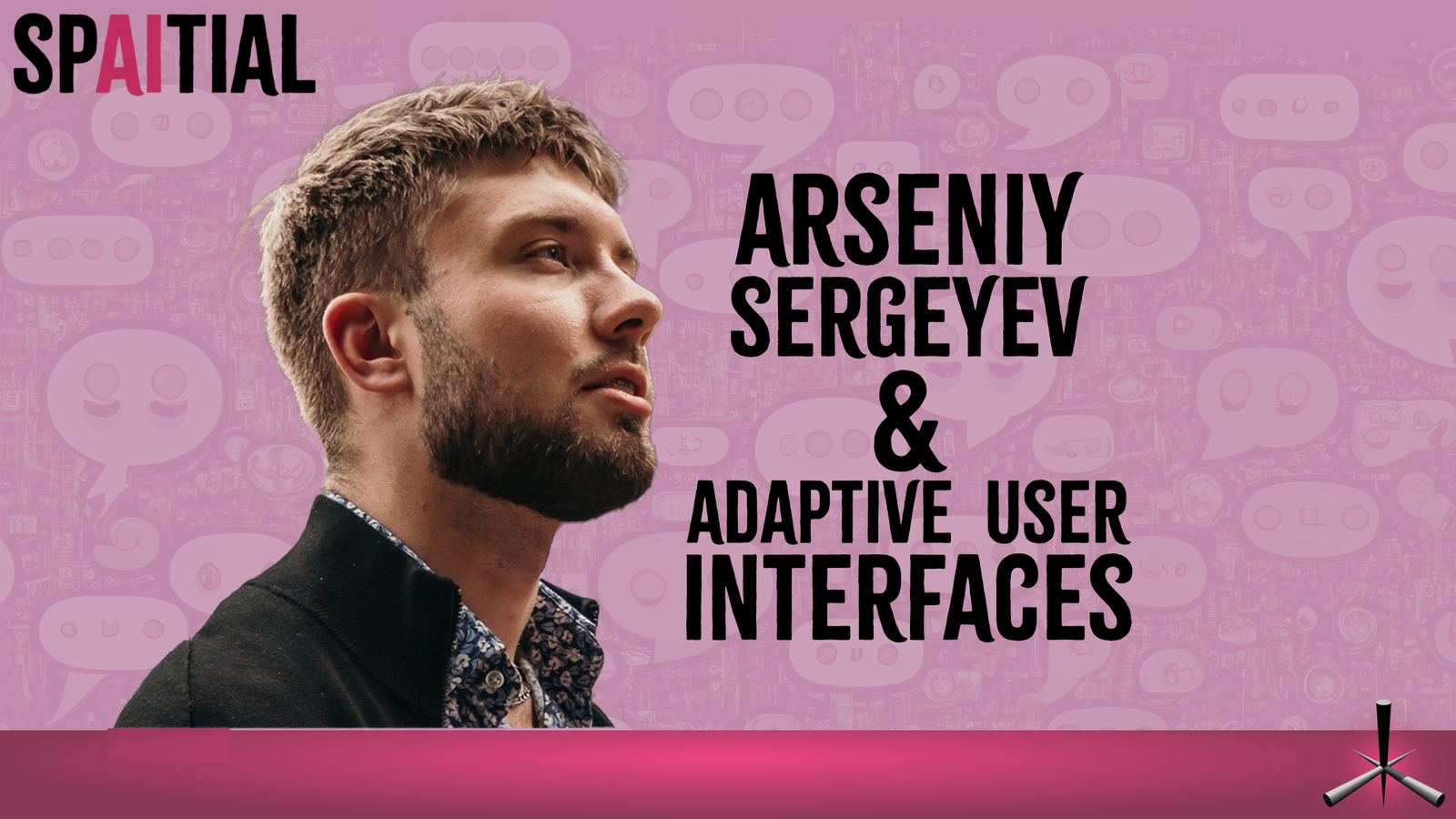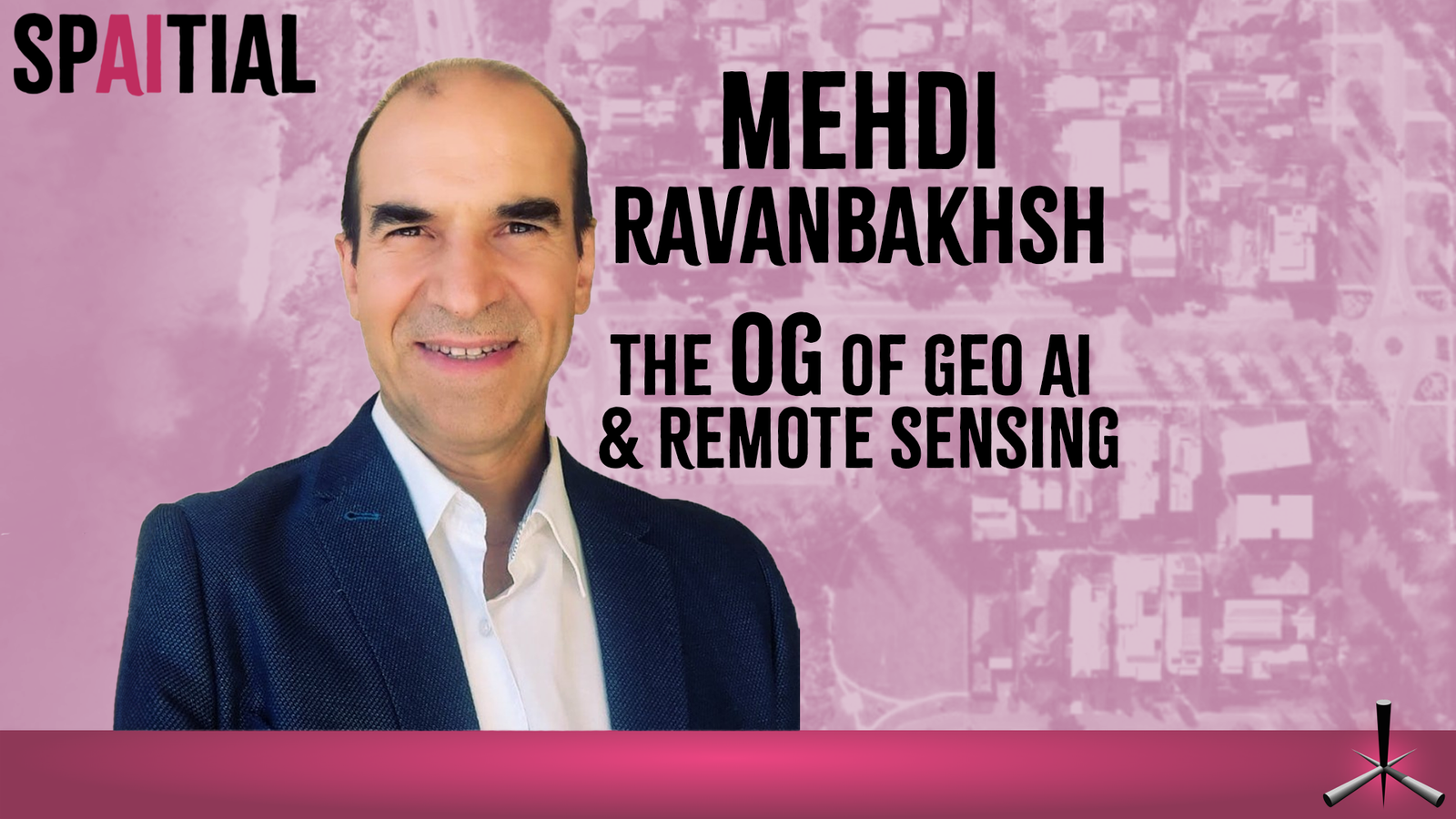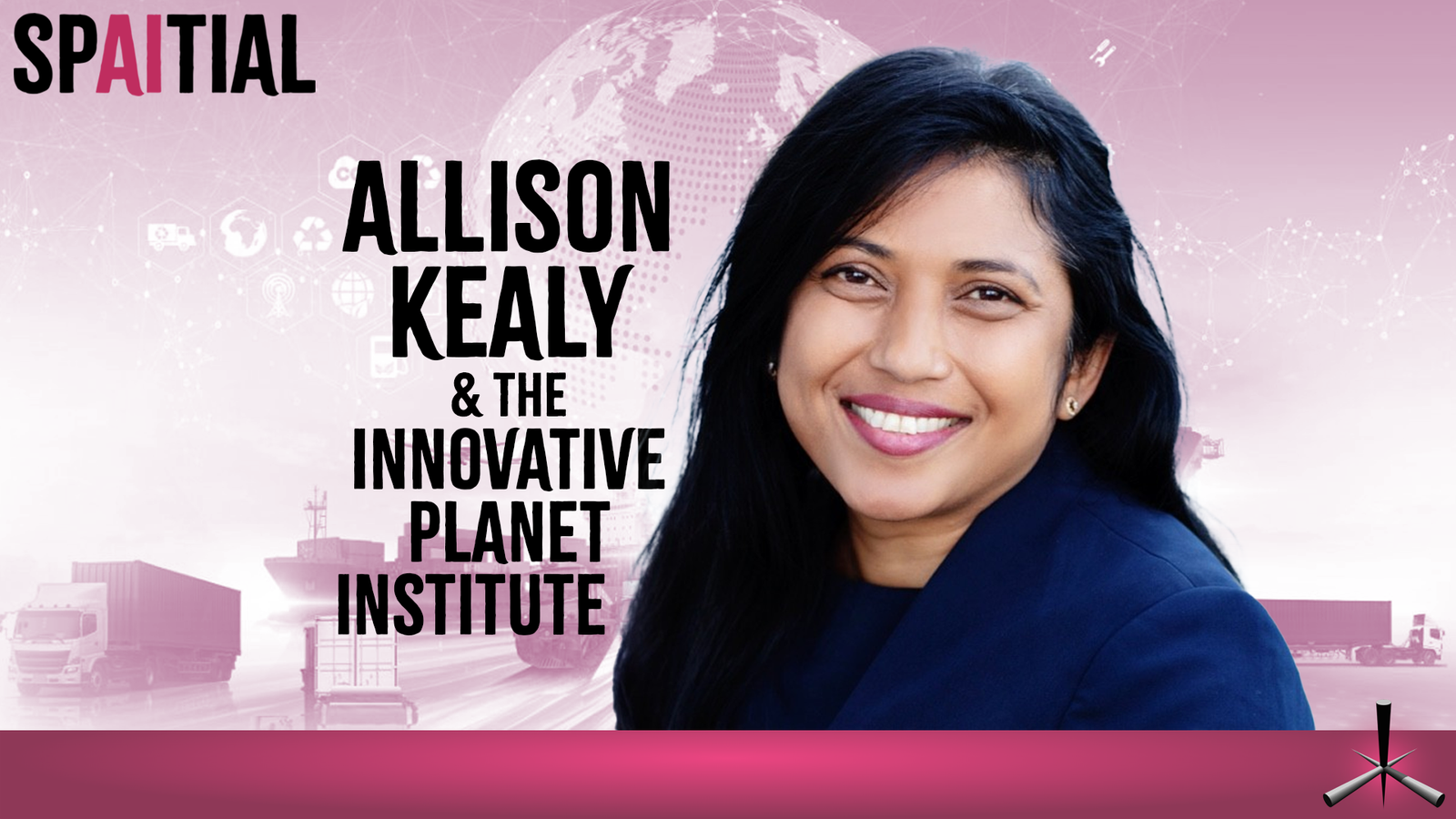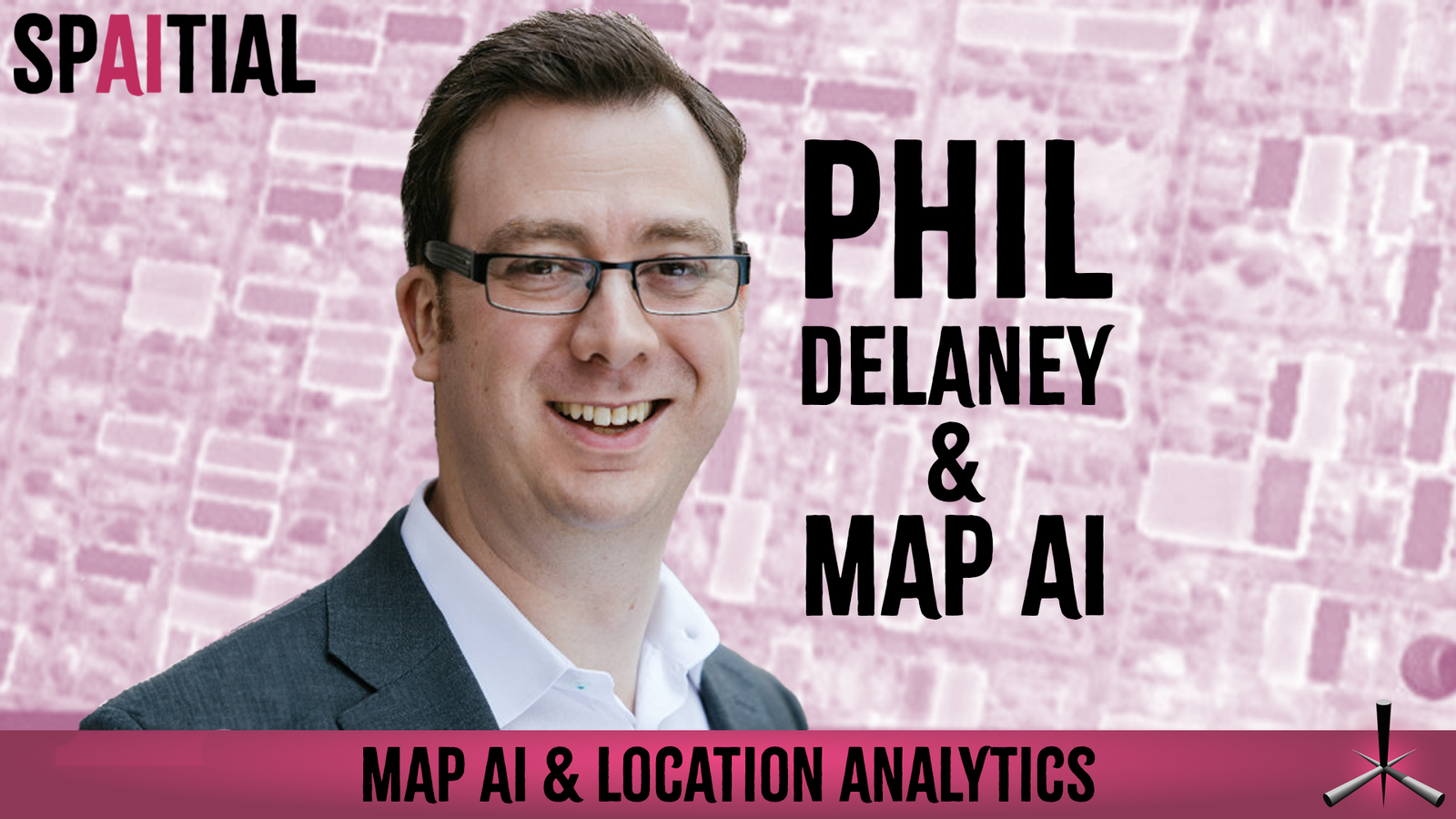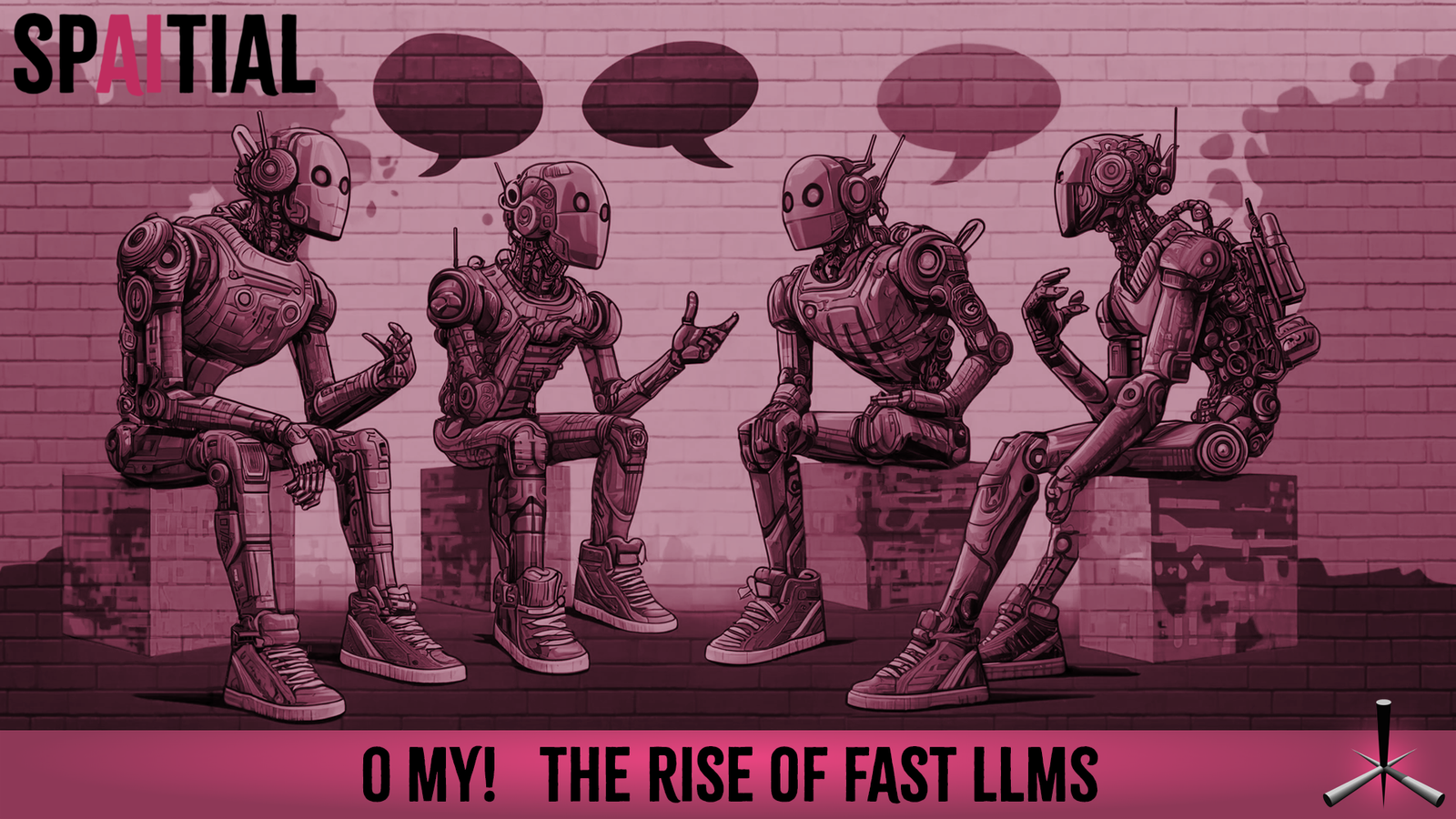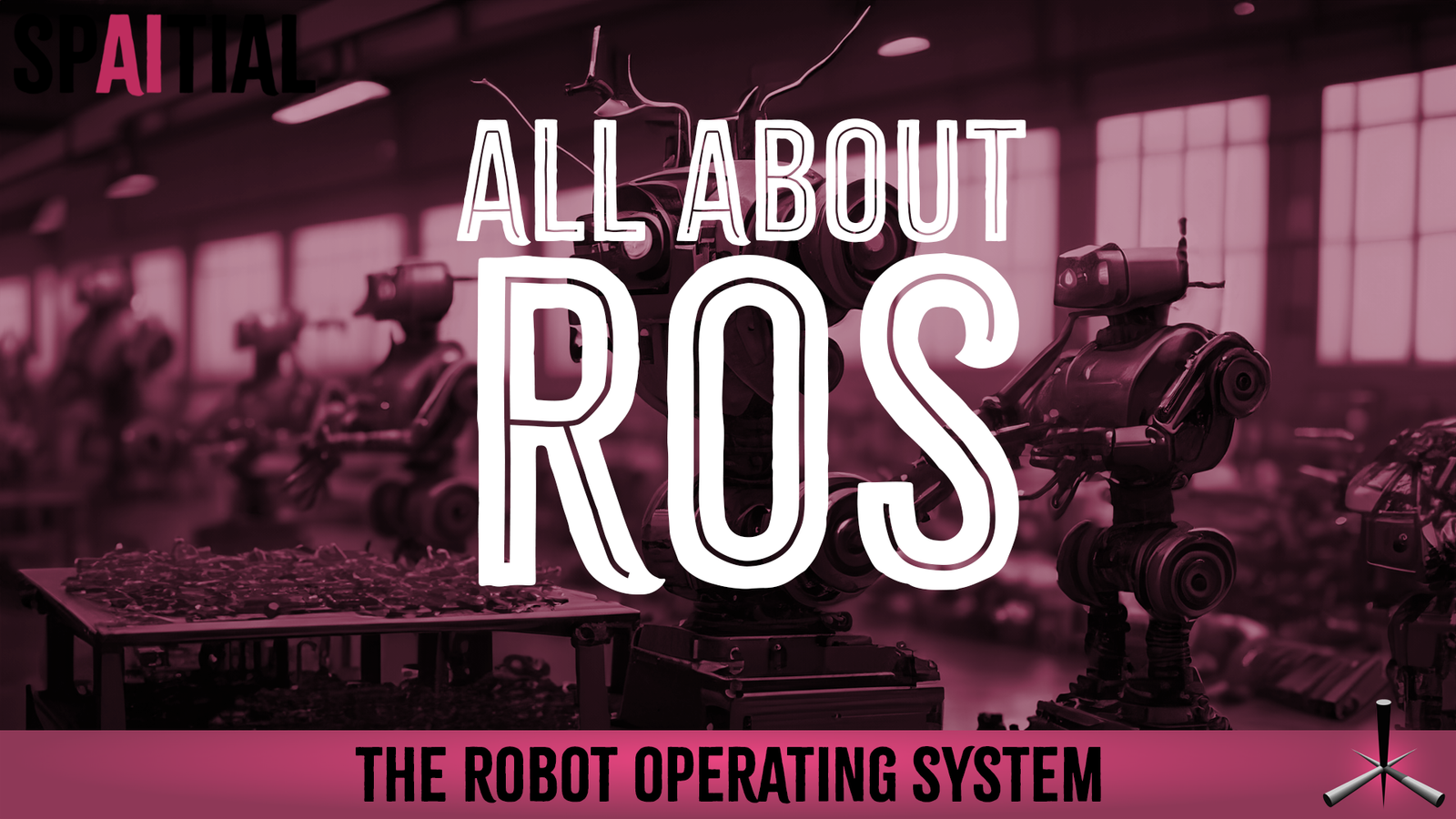This week, AB has an amazing chat with Paul Stevens, CEO of Voltitude, a company focused on exploring and unlocking the potential of the stratosphere for research and commercial applications.
Voltitude is currently exploring the use of small, low-cost, biodegradable latex balloons to carry meteorological sensors (dropsondes) into the stratosphere. Paul discusses the challenges of high-altitude flight and the potential for using machine learning and AI for mission planning and route optimization.
This week, AB has an amazing chat with Paul Stevens, CEO of Voltitude, a company focused on exploring and unlocking the potential of the stratosphere for research and commercial applications. Voltitude is using small, low-cost, biodegradable latex balloons to carry meteorological sensors (dropsondes) into the stratosphere.
